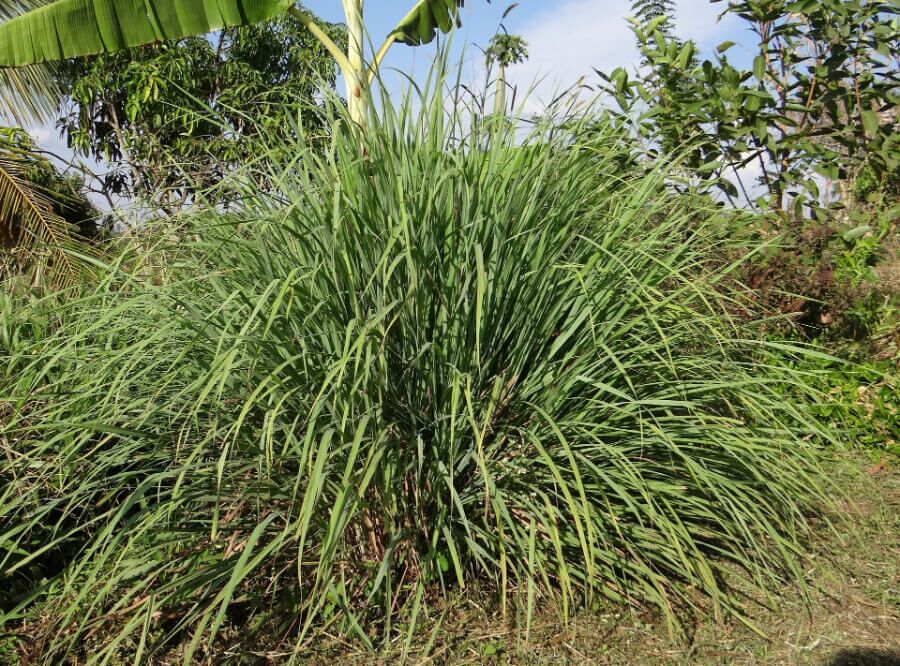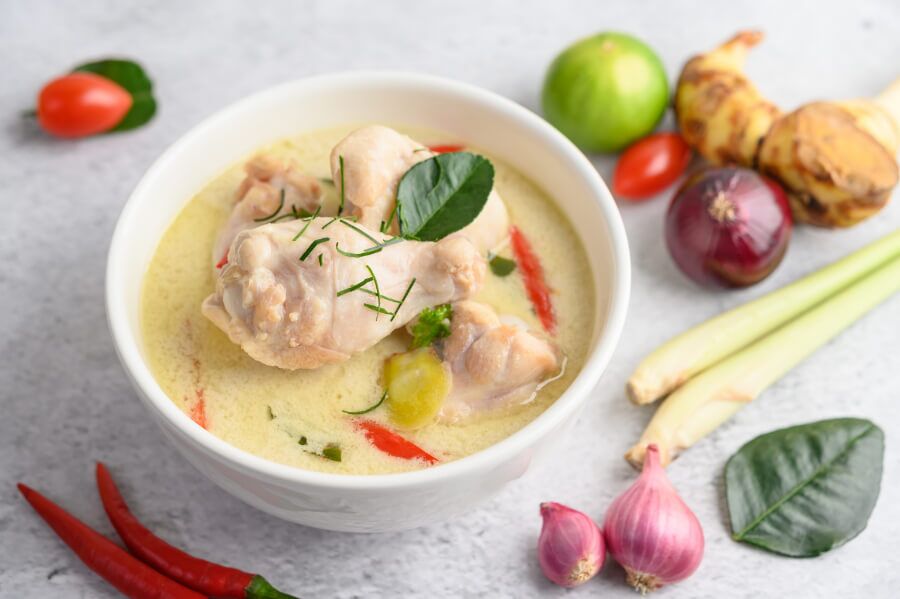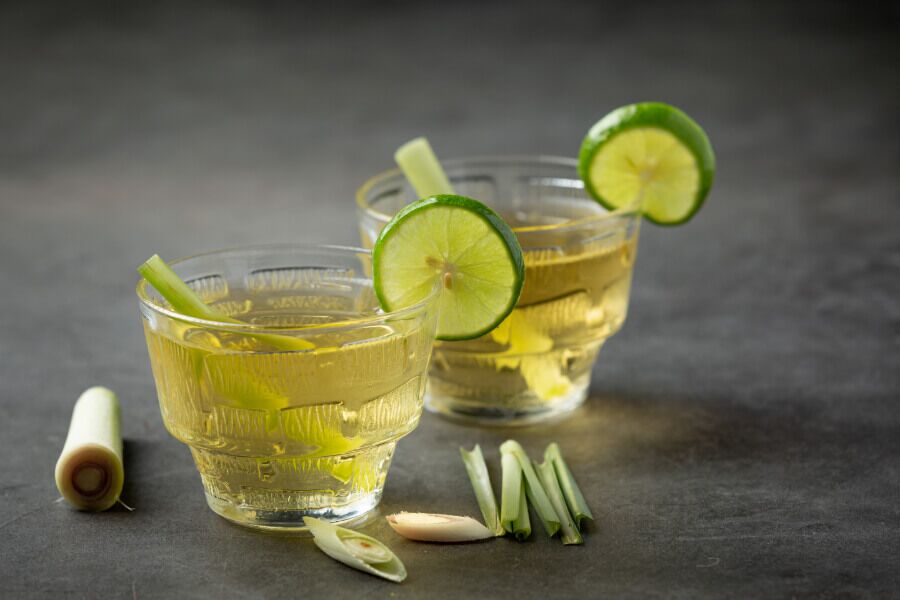All About Lemongrass
Understanding Spices
Your cart is empty.
SUBTOTAL
£0.00

Understanding Spices

Lemongrass (Cymbopogon) is a tall, perennial grass which is native to Asia, Australia and Africa. It also goes by the name barbed wire grass, silky heads, Cochin grass, Malabar grass, oily heads, citronella grass and fever grass. The plant grows in clusters and can grow between six to ten feet high. A stalk of lemongrass looks a bit like a spring onion, and consists of a light pink base, several tough green husks and a pale white core which is used in cooking.
Lemongrass has been used for its culinary and medicinal purposes since ancient times. It has a distinct fragrance and taste which makes it an essential ingredient in Southeast Asian cooking. It’s also used in health and beauty products, with its essential oil boasting many benefits. Today, India is the world’s top producer of lemongrass, with 80% of the produce being exported to countries like the USA, Japan and Western Europe.

Lemongrass is commonly used in Asian cuisine, especially in Indonesia, Thailand, Malaysia and Vietnam. Its taste and scent is similar to lemons but with a sweeter and milder edge. It’s mostly used for adding flavour to curries, soups, marinades, stir-fries, spice rubs and meat dishes, as well as in the preparation of teas, puddings, sweets and baked goods.
Fresh lemongrass is the preferred choice in cooking as it has brighter and more complex flavours. To use fresh lemongrass in marinades, stir-fries and salads, simply cut off the root, remove the tough outer layers and chop up the stem.
To use it in liquid-based dishes, simply trim off the bases and tops, bruise and bend the stem to release its oils, and steep. For liquid-based dishes you can also use dried lemongrass, where it can rehydrate and release its more woodsy flavours. If you want to infuse sauces and marinades, a simple way to combine lemongrass with your other ingredients is by finely grating it.
You don’t always have to use lemongrass in cooked dishes. An easy and healthy way to consume it is by making lemongrass ‘tea’ or infusion. The drink has a slightly lemony taste without the tang, and is naturally caffeine free. To make lemongrass tea, simply steep chopped stalks in hot water for five to ten minutes. This works either as a warm, soothing drink or as a chilled beverage for hot days—drink a cup after meals to prevent bloating and aid digestion.
Here are some more recipes which use lemongrass:

Lemongrass also has its uses outside of the kitchen. Lemongrass essential oil is used in a number of ways and is a popular ingredient in soaps and natural beauty products. The oil is extracted from the leaves and stalks by steam distillation to make lemongrass essential oil. It has a fresh and light citrus scent, making it a great ingredient to use around the home — from bathing in it and diffusing it, to spritzing a room.
The essential oil is also used in aromatherapy to relieve stress, anxiety and depression. Be aware that lemongrass essential oil is very concentrated, so you must dilute several drops with water or another base such as olive oil, before applying to the skin.
Lemongrass oil has antiseptic and antibacterial properties, so it’s widely used in the production of deodorants as they help combat body odour and fungal and bacterial infections. It also makes an effective body cleanser as it reduces the bacterial growth on your skin. Vitamin A in the oil helps cure acne and pimples while minimising the appearance of large pores. The oil cleanses the pores, strengthens skin tissue and acts as a natural toner.

Lemongrass is commonly used as a natural remedy for different health problems, and has a long history in Ayurveda. Packed with vitamins A and C, folate, folic acid, magnesium, zinc, copper, iron, potassium, phosphorus, calcium and manganese, it’s no wonder this plant is a nutrient powerhouse. Here are just some of the ways in which lemongrass is good for the body.
This quick-spreading grass is known to combat various digestive health problems such as indigestion, constipation, heartburn, diarrhoea and bloating. It contains antiseptic compounds that kill bad bacteria and parasites in the digestive tract and repopulate good bacteria in the colon, which in return promotes healthy digestion. Similarly, lemongrass has properties which support healthy cholesterol levels.
Research has found that lemongrass contains a cancer-fighting component called citral. This liquid, which gives lemongrass and other citrus oils their fragrance, has been found to stop the growth of cancer cells without damaging the growth of healthy cells. Cancer patients are encouraged to consume lemongrass during chemotherapy and radiation treatments. Plus, the antioxidant properties in lemongrass lower the risk of getting cancer by fighting free radicals.
For all the detox enthusiasts out there, lemongrass should be an essential part of your detox regime. This powerful detoxifier helps remove toxins, uric acid and bad cholesterol, purifying the liver, kidneys, bladder and pancreas. It also helps with blood circulation, which is important for an overall healthy metabolism. If you are a fan of big meals, drinking a cup of lemongrass tea after a meal will help eliminate excess fat much faster and reduce water retention in the body.
Lemongrass is sometimes called fever grass, as it has beneficial effects in lowering fevers. The antibacterial and antifungal properties help the body cope with coughs and fevers. It is also conveniently packed with vitamin C, super boosting the immune system to fight infection. Other symptoms of cold and flu such as headaches, muscle and joint pain and hampered breathing can be relieved by lemongrass oil. Simply consume lemongrass tea each day or mix a few drops of the oil with warm water and inhale the steam to relieve congestion.
Understanding Spices
Spices have long been integral to the UK's culinary landscape, adding depth, flavours, and richness to a myriad of dishes. From the pungent aroma of cumin in Indian curries to...
Read MoreUnderstanding Spices
Confetti is an essential part of any wedding day. Not only is it a wonderful way to greet a newlywed couple, but it also provides some beautiful photo opportunities. The...
Read MoreSeasonal Ideas
It’s no secret that any handmade gift will always be more special than a store-bought one. Homemade food gifts are especially wonderful, a labour of love that shows someone you...
Read MoreHealth and Wellbeing
It’s no secret that winter’s cold and gloomy weather makes us crave indulgent dishes like fondue and baked goods like sticky toffee pudding and apple crumble. While Christmas is the...
Read More